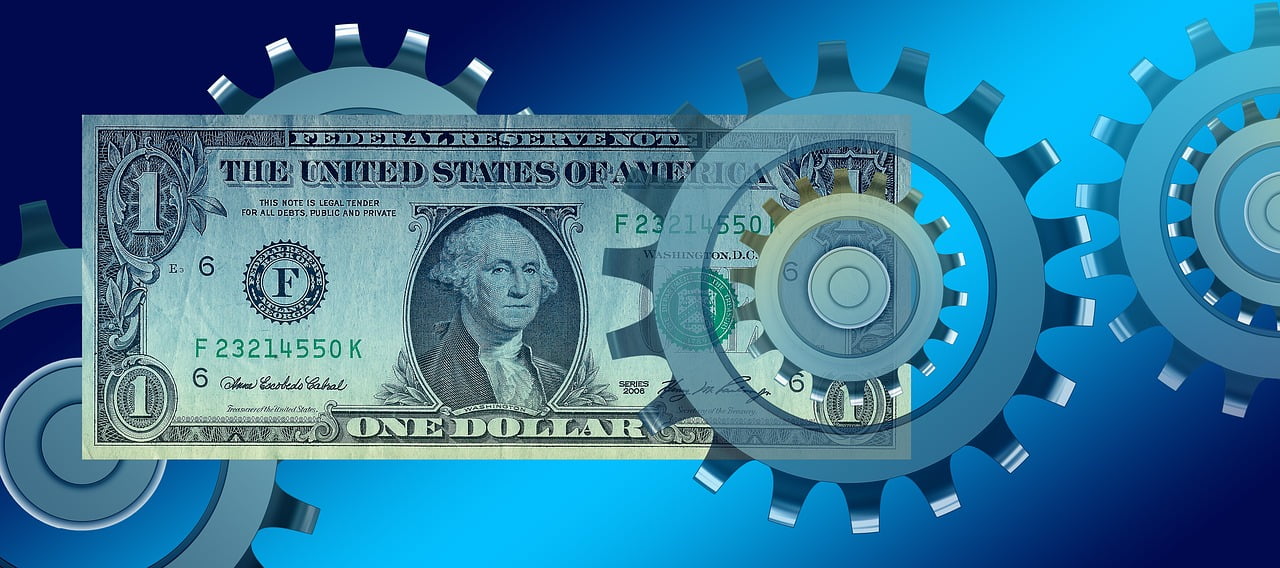- The Consumer Price Index measure of inflation surged to 3.2% in August (up from 2% in July).
Q2 2021 hedge fund letters, conferences and more
- This is the biggest jump ever recorded for this index (which started in 1997).
- Part of this is due to the ‘Eat Out to Help Out’ scheme running last August, which pushed prices down significantly a year earlier, and will drop out of the figures next month.
- But some of it is down to big rises that look set to stick around - including food, petrol and cars.
- The Bank of England expects inflation to hit 4% by the end of the year.
The ONS has released inflation data for August: Consumer price inflation, UK: August 2021 - Office for National Statistics
HL comment on why it’s happened, the impact for shoppers, savers, the economy, and the direction of interest rates:
Inflation Surges At Its Fastest Rate
Sarah Coles, personal finance analyst, Hargreaves Lansdown:
“Inflation has taken a breath-taking leap, surging at its fastest rate in over 20 years. It was given a significant shove by the Eat Out to Help Out scheme discounts a year earlier, which will drop out of the figures next month. However, much of this enormous jump is powered by the same alarming imbalance between supply and demand that has seen yawning gaps open up on the supermarket shelves. It spells trouble for shoppers, savers and the broader economy.
Why Inflation Has Risen
Some of this is temporary, because 0.4 percentage points of the rise is an artificial blip caused by the Eat Out to Help Out scheme, which offered a 50% discount on food and non-alcoholic drinks. A year ago it pushed inflation lower, and naturally a year down the track it has pushed it higher. This only lasted a month, so will feed out of the figures quickly. Prices were also depressed a year earlier by the reduced VAT rate for the hospitality sector.
But other changes look set to stick around. Petrol prices fuelled much of the rise. This time last year they had risen slightly from rock bottom to 113.1 pence per litre, but by this August they had shot up to 134.6 pence per litre, their highest in eight years.
Used car prices also drove some of the change. They were up 4.9% in a month, and up 18.4% since April this year. Demand for cars increased as we looked for alternatives to public transport in the wake of the pandemic, and with a shortage of computer chips causing long waiting lists for new cars, we piled into the second-hand market. Meanwhile, there are fewer used cars coming to the market because people have extended their leases, and the shortage of new cars mean fewer part-exchanges.
Food prices are starting to creep up too. These are relatively small rises in prices across the basket, which are being compared to falls a year earlier. However, it’s likely to be a sign of things to come. We’ve had plenty of warnings from retailers that prices are on the march, and the ONS highlighted reports of supply chain problems, coupled with higher demand from people freed from lockdown and cranking up the BBQ.
What Happens Next?
This is the million dollar question. The Bank of England expects it to hit 4% towards the end of 2021 and then drop, as the impact of the first lockdown and supply bottlenecks drop out of the figures. However, some of these trends aren’t going anywhere fast, and with warnings of prices rising, and supply chains creaking, there’s a risk some of this inflation is here to stay. There’s also the chance of possible wage rises as vacancies hit record highs, and when price and wages feed into one another, the only way is up for inflation.
Savers
We can’t beat inflation in a normal savings account at the moment, but that doesn’t mean we should give up. Our research shows that by far the most common reason for people not switching their savings at the moment is that they think rates are too low to bother with, mentioned by 42% of people, but there’s a world of difference between a miserable easy access account paying 0.01% from a high street giant and the best on the market – which offers 65 times the interest (Tandem Bank offering 6.5%).”
The Economy
Susannah Streeter, senior investment and markets analyst, Hargreaves Lansdown:
“Already prices paid by consumers are rising well above the target rate but it’s also the 5.9% increase in the price of goods bought and sold by UK manufacturers which will be unpalatable food for thought for policy makers at the Bank of England. For months members of the monetary policy committee have been reading from the same menu, underlining that higher prices should be transitory. But with producer price inflation soaring, shipping costs showing little sign of cooling, commodity prices heating up, and vacancies tipping one million, there is a growing chance that one mess of a hot dinner could be arriving on their plates.
Producer prices for August show a 1.4% month on month jump in prices of manufactured goods and although for now a lid is still being kept on the prices of food on the shelves, some wholesalers and retailers have already warned they can’t keep absorbing higher costs and they will have to pass them onto their customers. If higher prices linger, more members may move quickly to vote for a rate rise sooner than expected next year, but it would be an unpopular course of action with looming tax rises already hard to digest for many consumers.”
About Hargreaves Lansdown
Over 1.64 million clients trust us with £135.5 billion (as at 30 June 2021), making us the UK’s largest digital wealth management service. More than 98% of client activity is done through our digital channels and over 600,000 access our mobile app each month.






